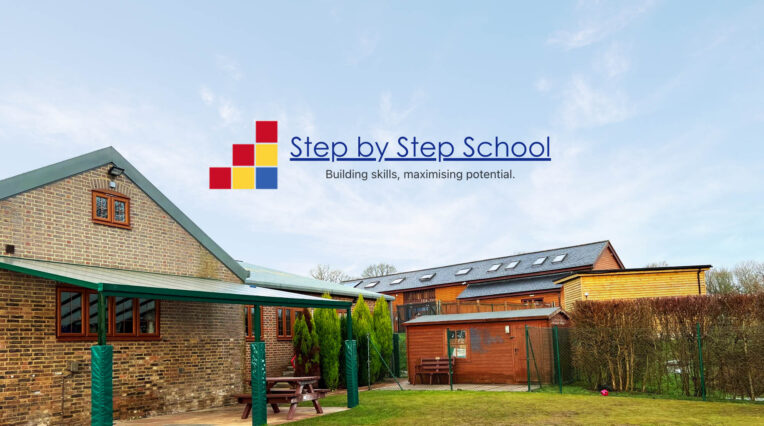Website optimisation | 17/01/2018
Common pitfalls when building a new website
We know that building a new website can be a troublesome process – indeed, we’ve written a blog before about this very issue. So we thought we would let you know some of the most common pitfalls that we’ve come across, to help you avoid them.
Failing to prepare is preparing to fail, and the web build projects that run into trouble are often the ones that have not been given enough careful planning from the outset. The best laid plans are those with a clear timeline and a set of specific goals. Neglecting to think about these from day zero will inevitably lead to roadblocks further down the line.
Unrealistic timelines
There is no value in rushing work – we can’t stress this enough – and building a new website is time-consuming. If too little time is given for feedback, sign-off, and the back and forth of amends, then your original go live date will be pushed back. Repeatedly.
When planning a build, you’ll need to consider everyone’s input, the length of time needed for sign off and the internal processes that each stage of the build must go through to achieve the all-important go-ahead. Knowing that you will need to accommodate for feedback will lead to happier stakeholders with realistic expectations, and a beautiful site at the end of the road.

What does it need to do?
When I attended Brighton CRO in September 2017, Anna Lewis from Polka Dot Data brought up a critical point about websites: a website is a tool, and “make it look pretty” is not a KPI.
Establish right at the beginning why a migration or a new build is happening, and exactly what the website needs to do. For example, if a site needs to convince a potential customer to buy, then each stage of the build needs to accommodate this. Even more importantly, each team member on the project, whether agency or in-house, needs to be on the same page.
If the content writer has done their work to answer a user’s questions, but the developer has not accommodated for this content to exist on the site, then there’s a discrepancy between design and functionality.
Analyse what you have
Sometimes data throws out something unexpected about your users. Putting the time into analysing your existing site might seem like it is delaying the build, but it is a key part of establishing a foundation and knowing where to begin.
What questions are users asking search engines? Are they interested in your product information, case studies or team members? Does the site get more mobile or desktop users?
Answers to these questions impact how the build project works. Significantly more mobile traffic means the site’s mobile version should be considered at the forefront of design and build. If users are routinely looking at case studies before submitting an enquiry, the appearance of these on the site should be treated as a priority.
Cross-wire communicating
Inefficient briefs lead to inefficient work. They’ll also have a profound impact on sign-off time. While quantity is not indicative of quality, if a brief is short enough to send in the body of an email, it probably doesn’t include the information the designers and developers need to do their jobs properly.
Once everyone is on the same page, get everyone in the same room. Emails and an unending paper trail can get confusing at an alarming pace. A group conversation is key and cuts a lot of leg work.
Need help with a website migration? Realise you’ve left the content to the last minute? Not considered the SEO impact of changing your design? If you need a website optimisation expert on your team, then get in touch with Cobb Digital.





